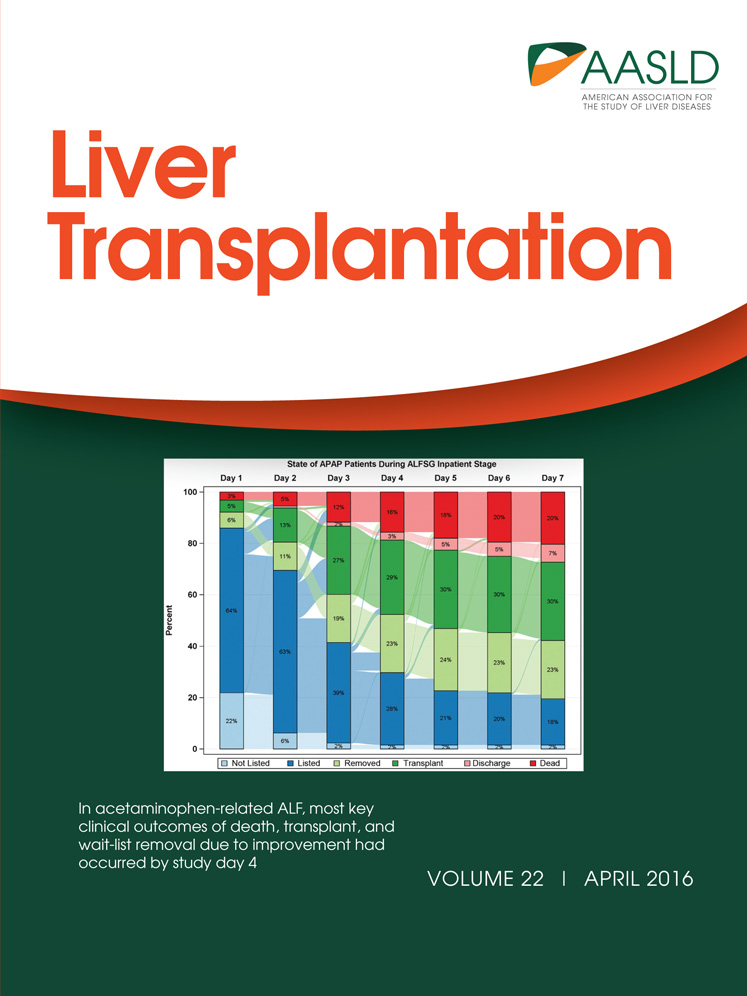Reply
We welcome the Letter to the Editor by Li et al. in response to our article.1 We would like to provide our views on the same.
- In our technique, there is a bulky everted tissue of the recipient duct posteriorly, so it is practically difficult to tie the knots outside. Also, when we tie knots inside, we can displace any adventitia that pops between the sutures outside so as to get mucosa to mucosa apposition during anastomosis with proper placement of the knots. The anterior layer knots are placed outside.
- Although there is longterm incidence of choledocholithiasis, it is not proven to be due to the inside placement of knots.
- We use polydioxanone sutures (PDSs), which are absorbable and hence inside knots over a long time are not much of an issue. They dissolve over a few weeks and therefore are not inducers of calcification/concretion in the long term. This is especially noted in cases of hepaticojejunostomies done for biliary complications after transplant where we have failed to find knots or calcification after a few months.
- There are no studies/consensus comparing placement of knots inside or outside.
The other issue raised was of eversion of the donor duct. There is a natural phenomenon where after dividing the donor duct, there is maturation of the donor duct mucosa. If the pictorial representation is carefully seen, mucosa to mucosa apposition can be appreciated. It is not possible in cases of small ducts (both length and size), especially when there are multiple ducts, to manually evert the mucosa any further.
Regarding the preference of using PDS sutures versus Prolene sutures, we would like to state that though absorbable sutures are known to incite more tissue reaction, there is no study proving the advantage of Prolene sutures over PDS sutures. Our reasons for using PDS sutures are that being absorbable, the knots dissolve over time and that we can safely place the posterior layer knots under vision.
There is no consensus as to the suture technique and suture material (absorbable or nonabsorbable)2 with various groups adopting different techniques. Continuous absorbable monofilament sutures are preferred by the Kyoto group,3 whereas the Tokyo group uses interrupted absorbable sutures.4 The Hong Kong group prefers interrupted sutures with nonabsorbable monofilaments.5 The incidence of biliary complications at these centers is similar.1 All the points raised in the letter might be theoretically relevant but probably have no practical implication.
-
Vivek Vij, M.R.C.S.
-
Department of Liver Transplant and HPB Surgery
-
Fortis Hospital
-
Noida, India




